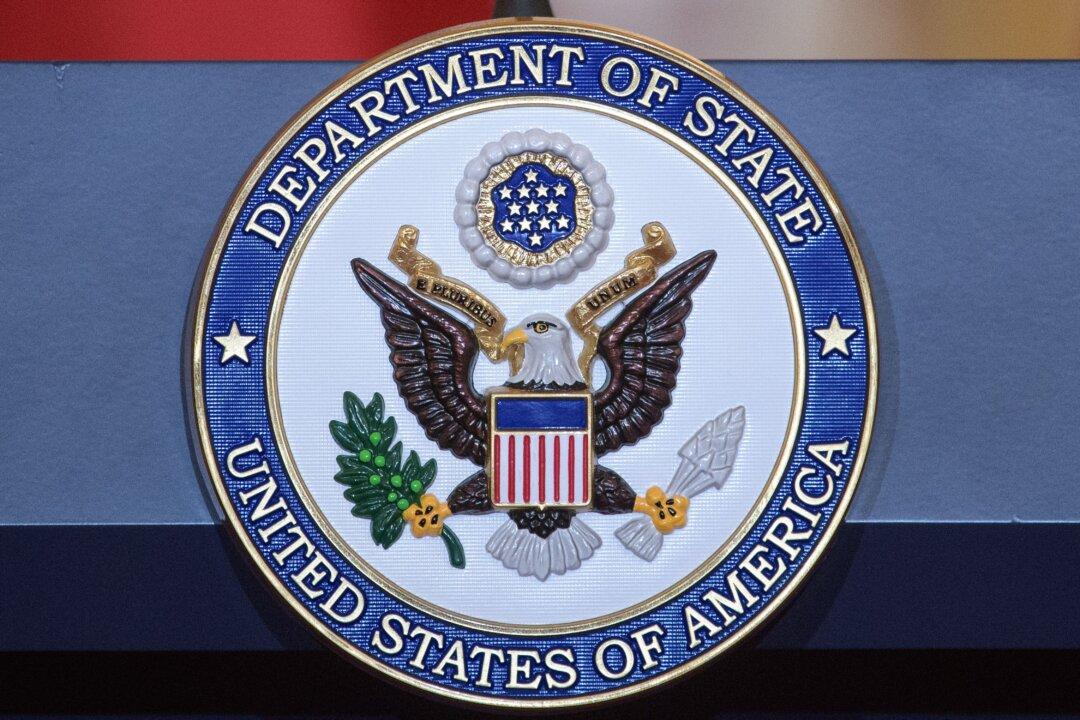Williamson County in Tennessee in 2020 adopted a new curriculum, “Wit and Wisdom,” which incorporates the quasi-Marxist critical race theory (CRT), in grades K through five at the beginning of the CCP (Chinese Communist Party) virus lockdowns.
Although legislation prohibiting teaching CRT in public schools in Tennessee went into effect in July, these ideas are now infused throughout the curriculum, according to Robin Steenman, Williamson County chapter chair of Moms for Liberty.






